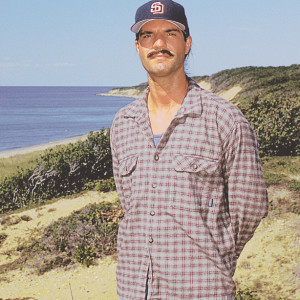This month we get to the how-to part of using an assist boat. Keep in mind that I’m offering the perspective of a conventional tug operator, moving barges that are un-ballasted when not carrying cargo. There is still applicability to ATBs, however.
The single biggest mistake that I see being made, over many years, is the distinct tendency to put the assist tug at the bow (or working bow) of the tow as the default setting when docking and getting underway. The idea is that the assist tug will push or pull their end of the tow while the primary tug twists the other end towards or away from the dock.
Seldom do these forces at each end of the barge equal each other, and the primary tug is usually hammering the engines hard to twist the barge, particularly when loaded. The assist tug must be stopped and re-started frequently as it gets its end out ahead of the other. It usually winds up looking like a see-saw in action, often takes a lot longer than it needs to, is harder on the equipment, wastes fuel, and increases the likelihood of something going wrong.
The solution is simple: don’t do it. Don’t fight physics. Don’t work against yourself.
In the vast majority of cases you will be better served by putting the assist tug as close to the center of mass of the combined tow and let it handle the pushing or pulling towards or away from the dock or pier. The primary tug can easily handle a little light twisting, one way or the other, to keep the barge flat relative to the dock. This method really shines when the assist tug is a tractor, whose power and maneuverability will easily overpower the primary tug when they’re at the other end of the barge.
I train mates to instead default to using the assist tug in the center of mass on probably 90+% of jobs, and that they should have to legitimately talk themselves out of it due to unusual circumstances before doing it differently. Once you try it, you’ll never look back.




